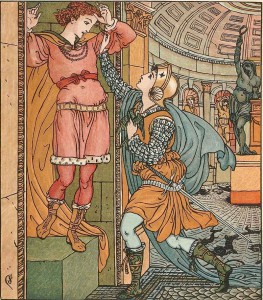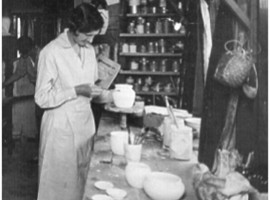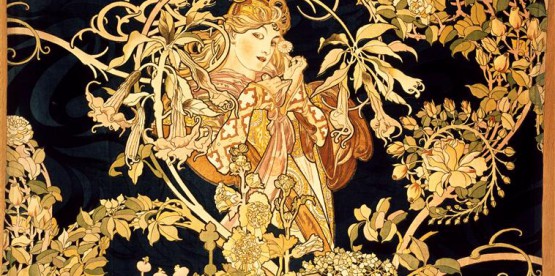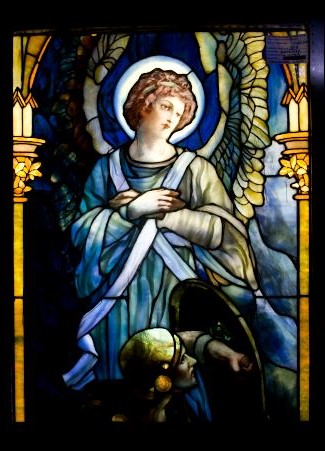The Arts and Crafts Movement

Wikimedia Commons
Princess Belle-Etoile illustration by Walter Crane

Wikimedia Commons
Nell Holden, Australian potter, in her studio, approx. 1930
The Arts and Crafts movement was centered in England but it would be prominent in other countries as well in the late 19th century, specifically the United States. At this time America was in the process of establishing itself in the art world. This movement’s goal was to achieve a higher standard of production. This was in response to the Industrial Revolution which established a factory, mass-produced environment. Artists felt that this method valued quantity over quality. There were many who felt that the machinery of the Industrial Revolution was “[destroying] the creativity of human labour.(page 18)” Aiming to bring creativity and high quality back, followers of the Arts and Crafts movement looked to the guild systems from the medieval age. Handcraftsmanship supported their ideals, but it was an altogether expensive endeavour. The products of this movement are typically decorative arts such as the awe-inspiring windows of Louis Comfort Tiffany, furniture, textiles, etc.
Art Nouveau

Wikimedia Commons
Illustration Femme à la marguerite, bibliothèque Forney, Paris.
Alfons Mucha
Art Nouveau evolved differently in each country it touched. Its roots lay in the late 19th century and it was most common in Europe and the United States. The main doctrine of this movement was to “[defeat] the established order within the applied and fine arts. (page 7)” This movement was a sort of rebellion against the standards of earlier times, specifically the Victorian style. Its random ornateness would be seen as distasteful and lacking in fine design by Art Nouveau followers. Another aspect of the movement was a push for crafts such as jewelry, furniture, and glass to be considered fine art along with painting, drawing, and sculpture. The Art Nouveau movement was most prominent in design mediums rather than drawings or paintings. Furthermore, followers rejected “historicism,” or the illustrating of historic scenes. The subject matter shifted instead to organic and natural motifs, with lots of florals and fauna, whiplash lines, and female figures.
Citations:
Adams, Steven. “Chapter One: The Founding Fathers.” In The Arts and Crafts Movement, 12-25. JG Press, 1996.
Duncan, Alastair. “Introduction.” In Art Nouveau, 7-36. New York: Thames and Hudson, 1994.
“Historicism | Belvedere Palace and Museum Vienna.” Historicism | Belvedere Palace and Museum Vienna. Accessed May 08, 2015. https://www.belvedere.at/en/sammlungen/belvedere/impressionismus-historismus/historismus.
“Movements in Late Nineteenth-Century Art.” Movements in Late Nineteenth-Century Art. Accessed May 08, 2015. http://www2.palomar.edu/users/mhudelson/StudyGuides/19thCent_WA.html.

Exploring Tiffany Windows.
Ready to learn more? Following the links below to explore!